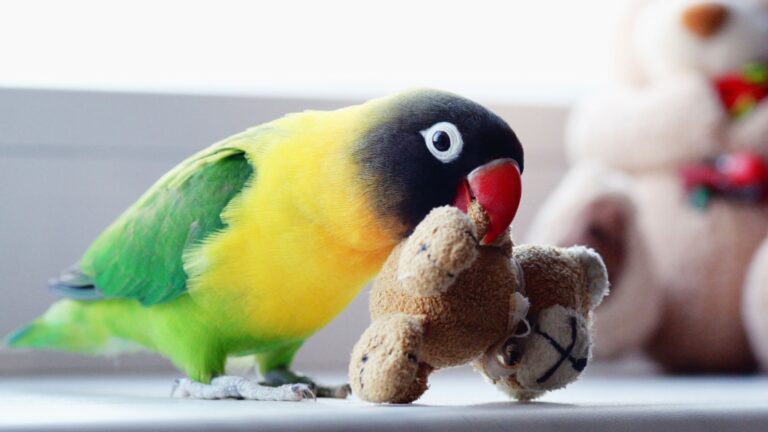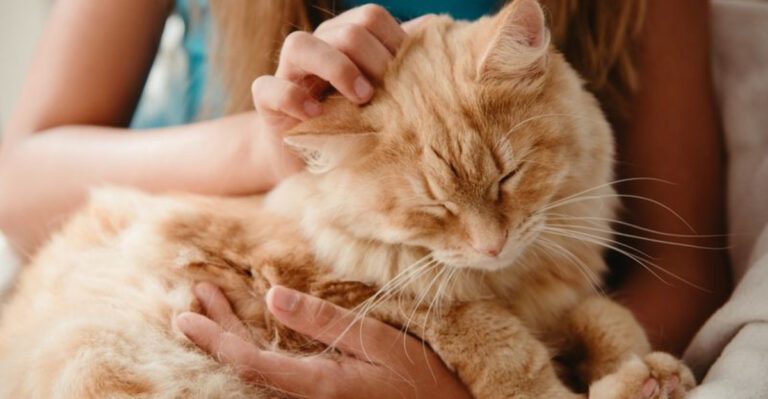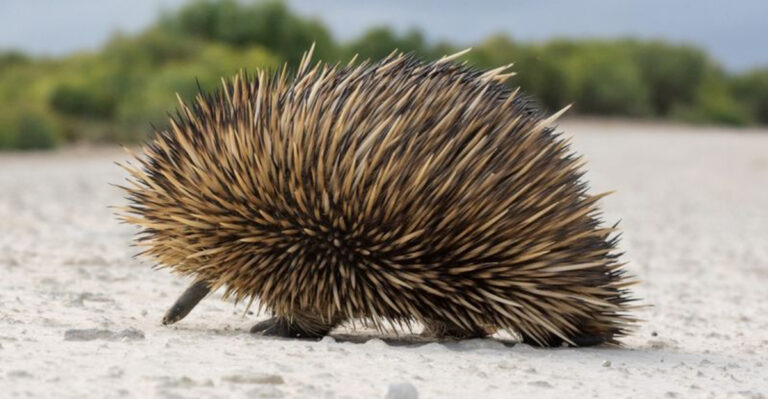What Makes Owls Attack Humans And How To Protect Yourself
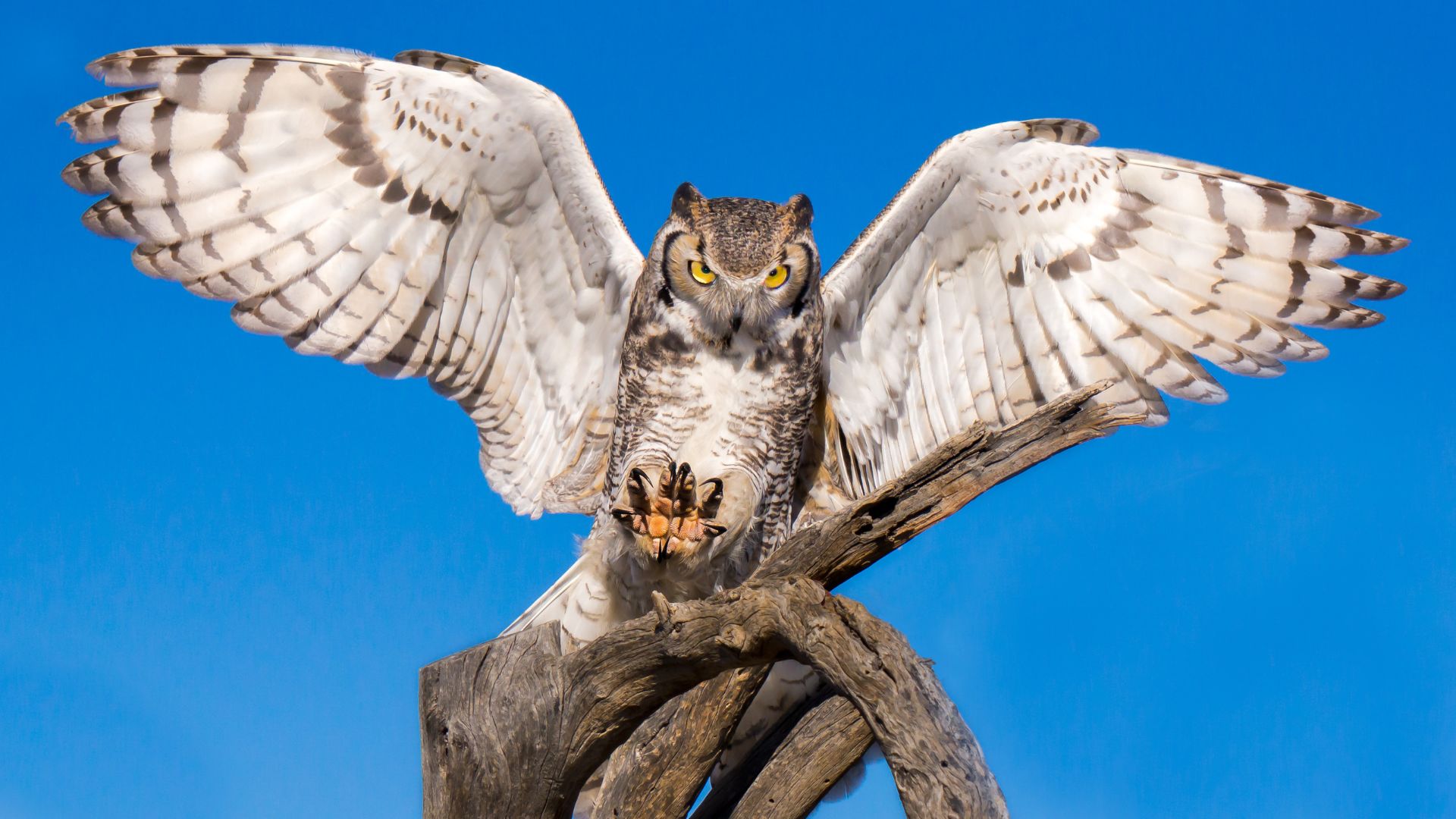
Who knew that behind those big, wise eyes, owls could harbor a feisty side? While they’re often seen as symbols of wisdom, owls have been known to attack humans under certain circumstances.
Let’s explore what drives these feathered creatures to confront us and how we can keep things friendly when we cross paths.
1. Territorial Instincts
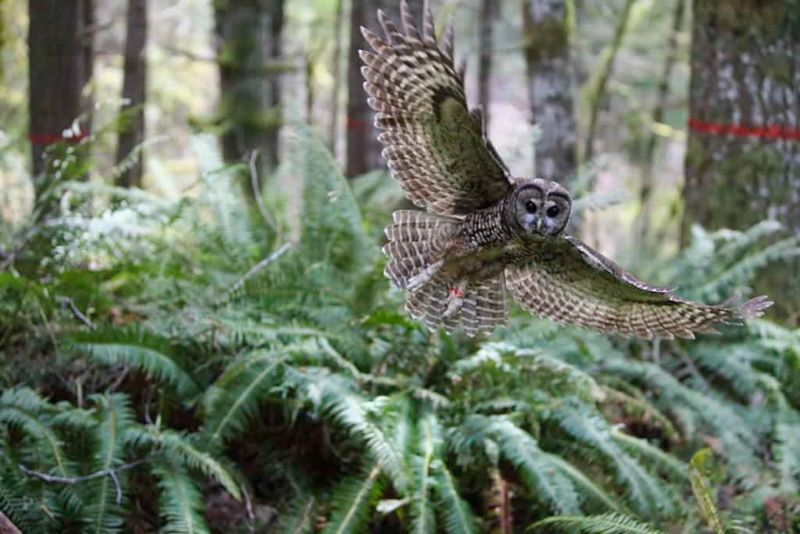
Owls can be fiercely territorial, especially during nesting season. When humans unknowingly wander into their space, these birds may see us as a threat.
Imagine walking through a quiet forest, only to suddenly find yourself the target of an owl’s aerial defense! It’s a scene straight out of a nature documentary.
To avoid their wrath, stick to marked paths and keep an eye out for signs of nesting owls during spring and early summer.
2. Nesting Season
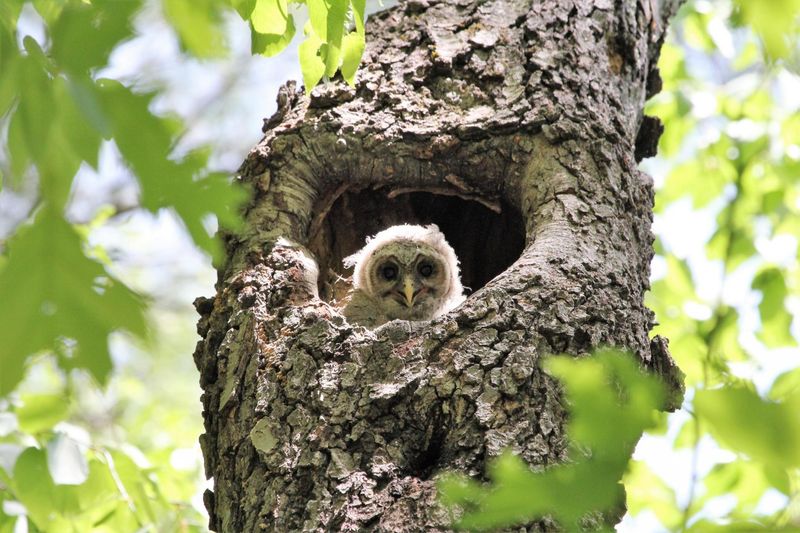
Springtime means nesting time, and mama owls take no chances. Their protective instincts are heightened, and they’ll swoop down on intruders without a second thought.
If you stumble upon a nesting site, respect their space: back away slowly and quietly. After all, every parent deserves a peaceful nursery!
3. Mistaken Identity
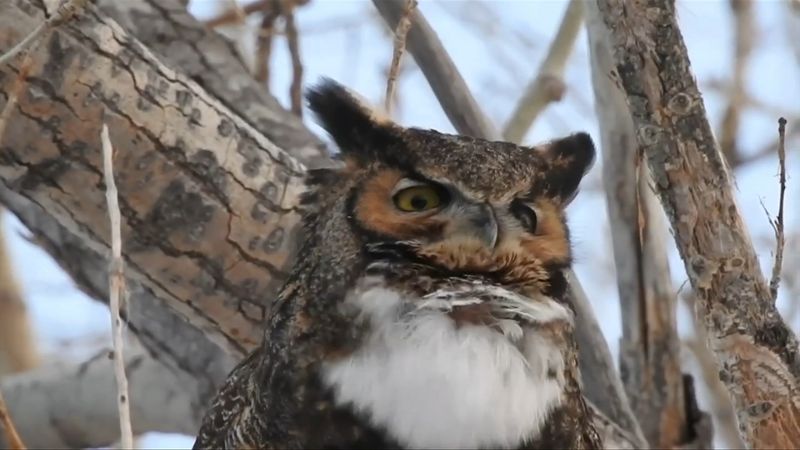
Who knew a simple hat could cause confusion? At times, owls mistake human headgear for rival predators.
A runner’s hat might resemble a pesky hawk or another bird of prey. Before you know it, you’ve become an unwitting participant in a nature showdown.
Opt for less conspicuous headgear in known owl territories to avoid becoming the subject of an owl’s misunderstanding.
4. Nocturnal Activity
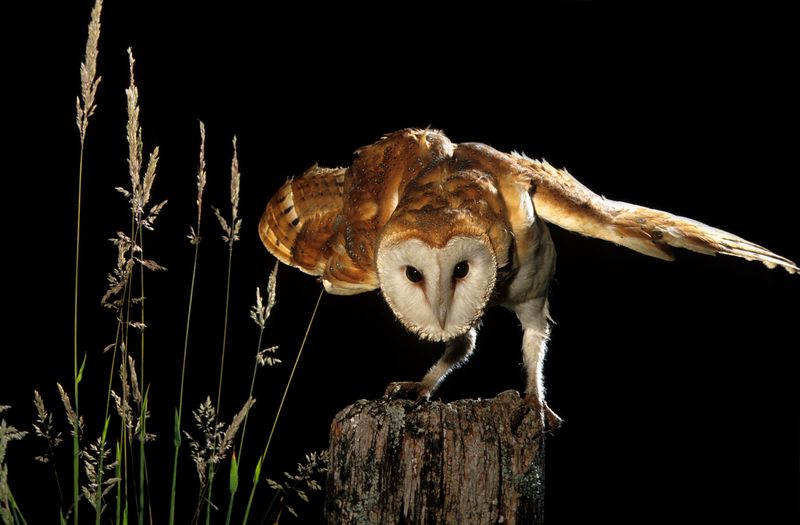
Owls are creatures of the night, and their nocturnal habits mean they’re on high alert when darkness falls.
A shadowy figure might be seen as an intruder or a nocturnal rival. Walking through owl habitats after dusk can lead to unexpected encounters.
To avoid nighttime surprises, carry a flashlight and make noise to announce your presence. Let them know you’re just passing through!
5. Mating Season Aggression
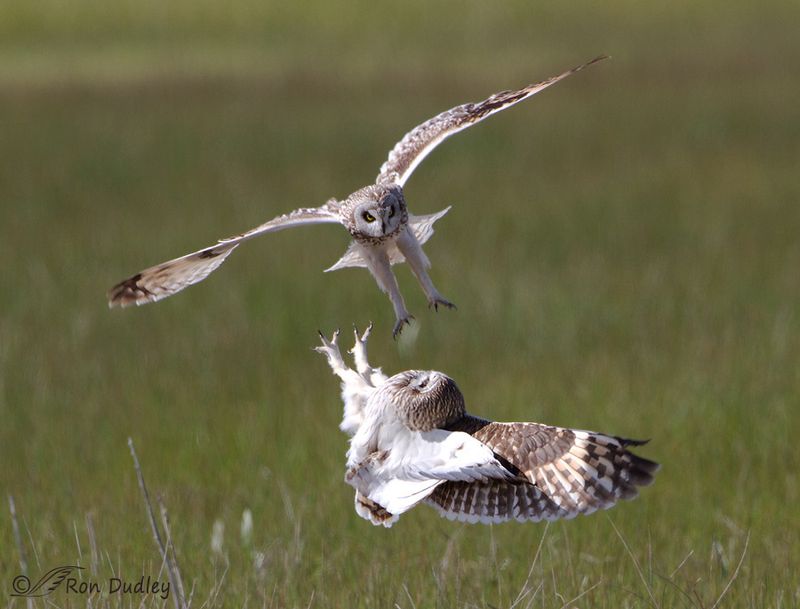
Love is in the air, and so is a bit of owl aggression. During mating season, owls are more defensive, not just with each other, but with anyone who might disrupt their romantic rendezvous.
Respect their need for privacy by keeping your distance and avoiding known mating grounds during these special times of the year.
6. Hunger Pangs
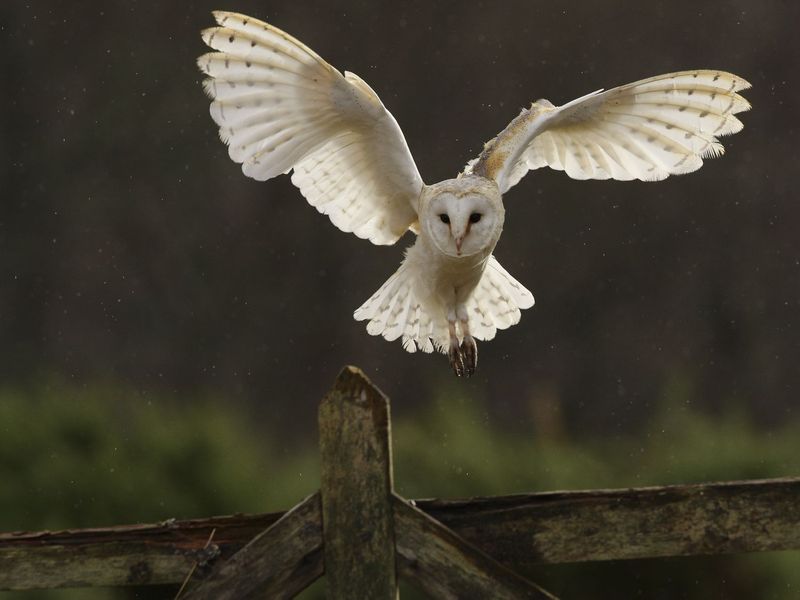
Hungry owls are focused hunters, and a quick movement can trigger their instincts. A flailing hand might resemble a small mammal, prompting a quick swoop. While it sounds alarming, these incidents are usually accidental.
Keep calm and avoid sudden movements if you sense an owl nearby. Better yet, carry a snack to toss aside – let them indulge their hunger elsewhere!
7. Misinterpreted Curiosity
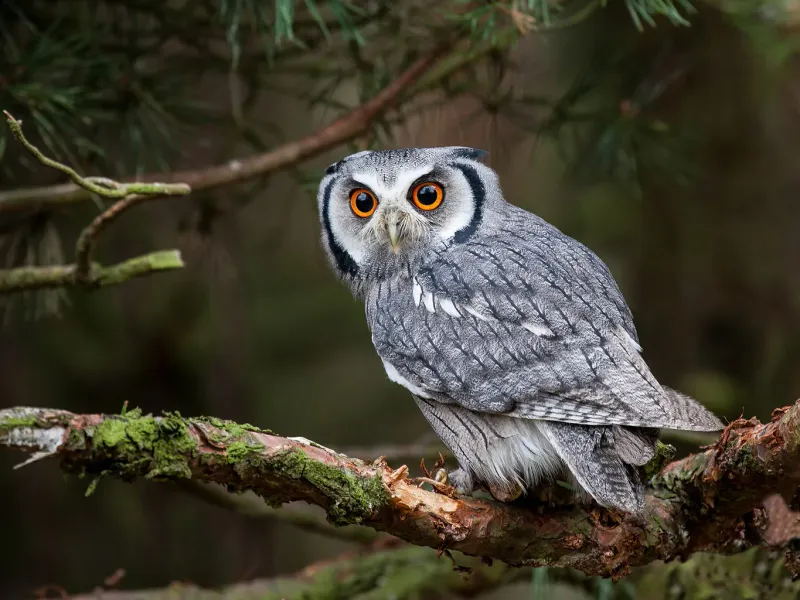
Curiosity doesn’t just kill the cat; it also inspires the owl. Sometimes, an owl’s close approach is merely inquisitive. They might fancy a closer look at your shiny camera lens or that colorful jacket.
If you find an owl eyeing you with keen interest, remain still and savor the moment. After all, you’re being admired by nature’s scholar!
8. Weather Disturbances
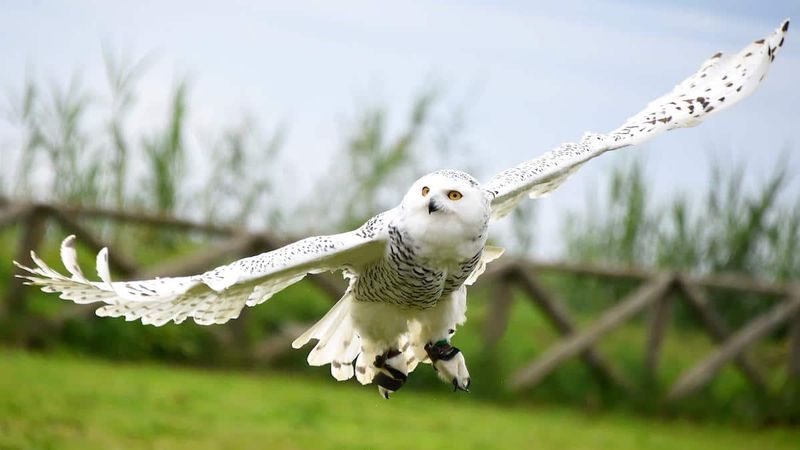
Bad weather can ruffle more than just feathers. Storms and strong winds can leave owls disoriented and edgy. An unexpected encounter with a startled owl can occur if you’re out during inclement weather.
To stay safe, avoid forest areas during storms, and let these majestic creatures weather the storm in peace.
9. Habitat Loss
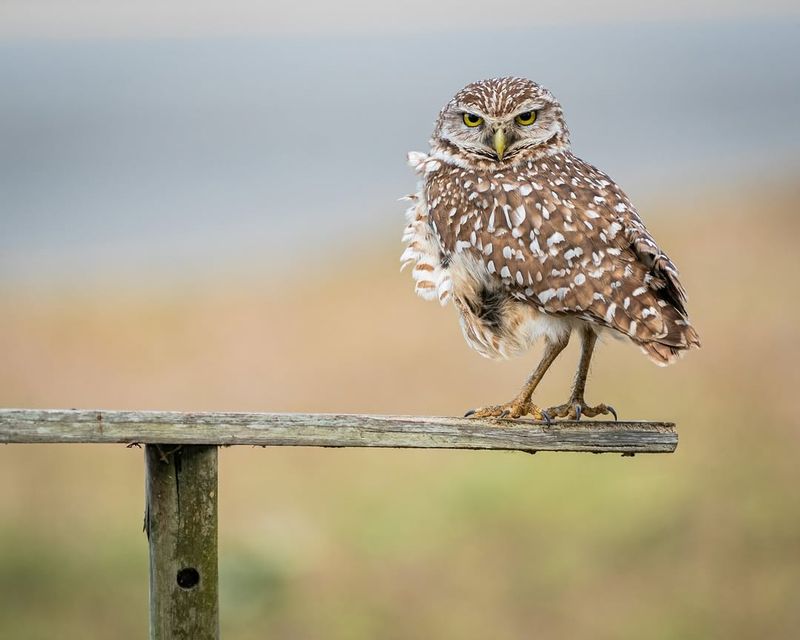
With shrinking habitats, owls may venture closer to human settlements, leading to unexpected confrontations.
Imagine losing your home and finding strangers in your living room. It’s a tough adjustment for these birds.
Supporting conservation efforts and respecting natural habitats can help minimize these encounters. Keep in mind that they’re just trying to find a new place to call home.
10. Loud Noises
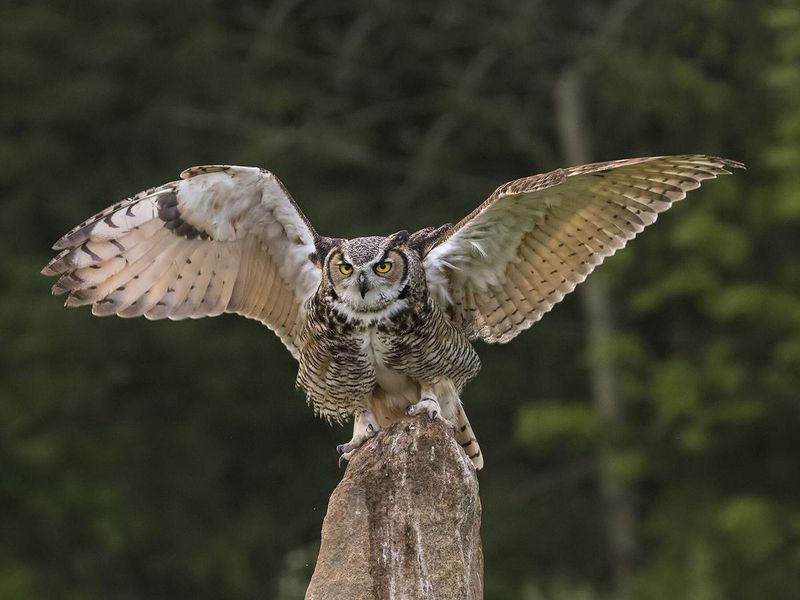
Owls cherish tranquility, and loud noises can startle them into defensive mode. Construction work, fireworks, or even loud music can trigger an unwanted response.
If you’re hosting a noisy event near an owl habitat, consider keeping the volume down. A little quiet goes a long way in keeping the peace.
11. Light Pollution
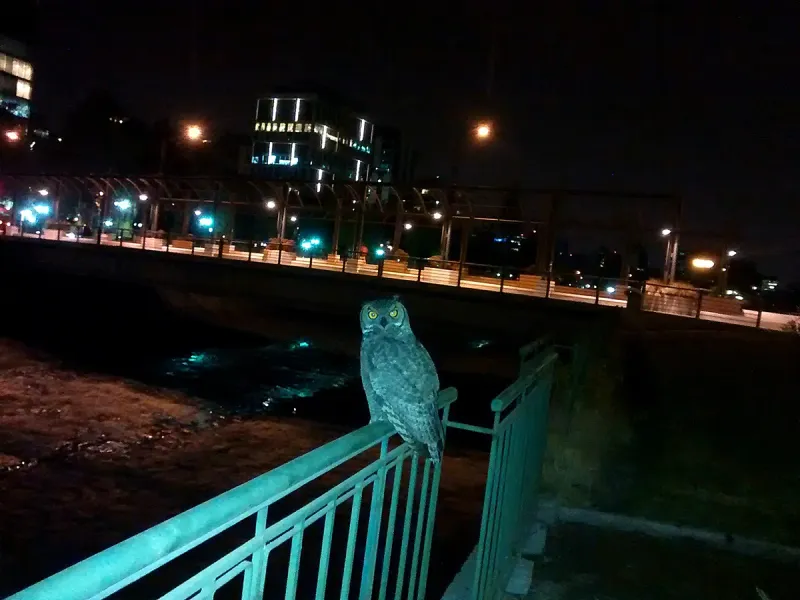
Bright city lights can turn an owl’s world upside down. Their night vision, honed for hunting under the stars, is disrupted by artificial light. This confusion can lead to unexpected encounters with humans.
Living on the urban fringe? Consider shielding outdoor lights and helping maintain the natural night environment for our nocturnal neighbors.
12. Inexperienced Juveniles
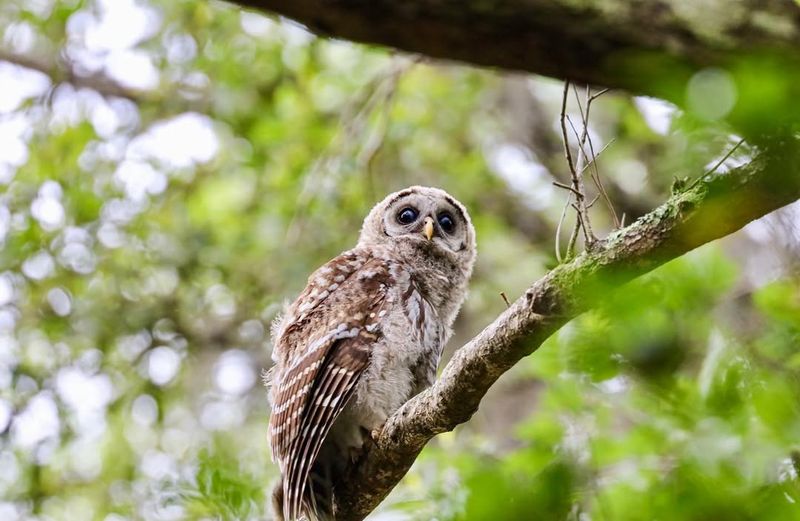
Young owls, fresh from the nest, are still figuring out the world. Their inexperience can lead them to approach humans out of curiosity or confusion.
Like young drivers on a busy highway, they’re bound to make a few mistakes.
If you encounter a juvenile owl, give it space and time to learn. It’s all part of their growth on their journey to becoming wise adults.
13. Human Provocation
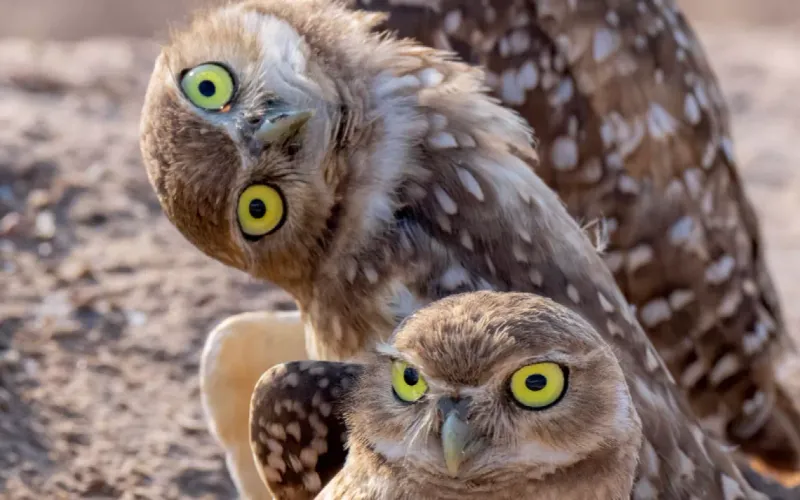
Sometimes, humans provoke owls without realizing it. Teasing or trying to touch them can lead to defensive attacks. It’s like poking the bear – never a good idea!
Respect these birds by observing from a distance and never invading their personal space. Remember, they’re wild creatures with boundaries, just like us.

